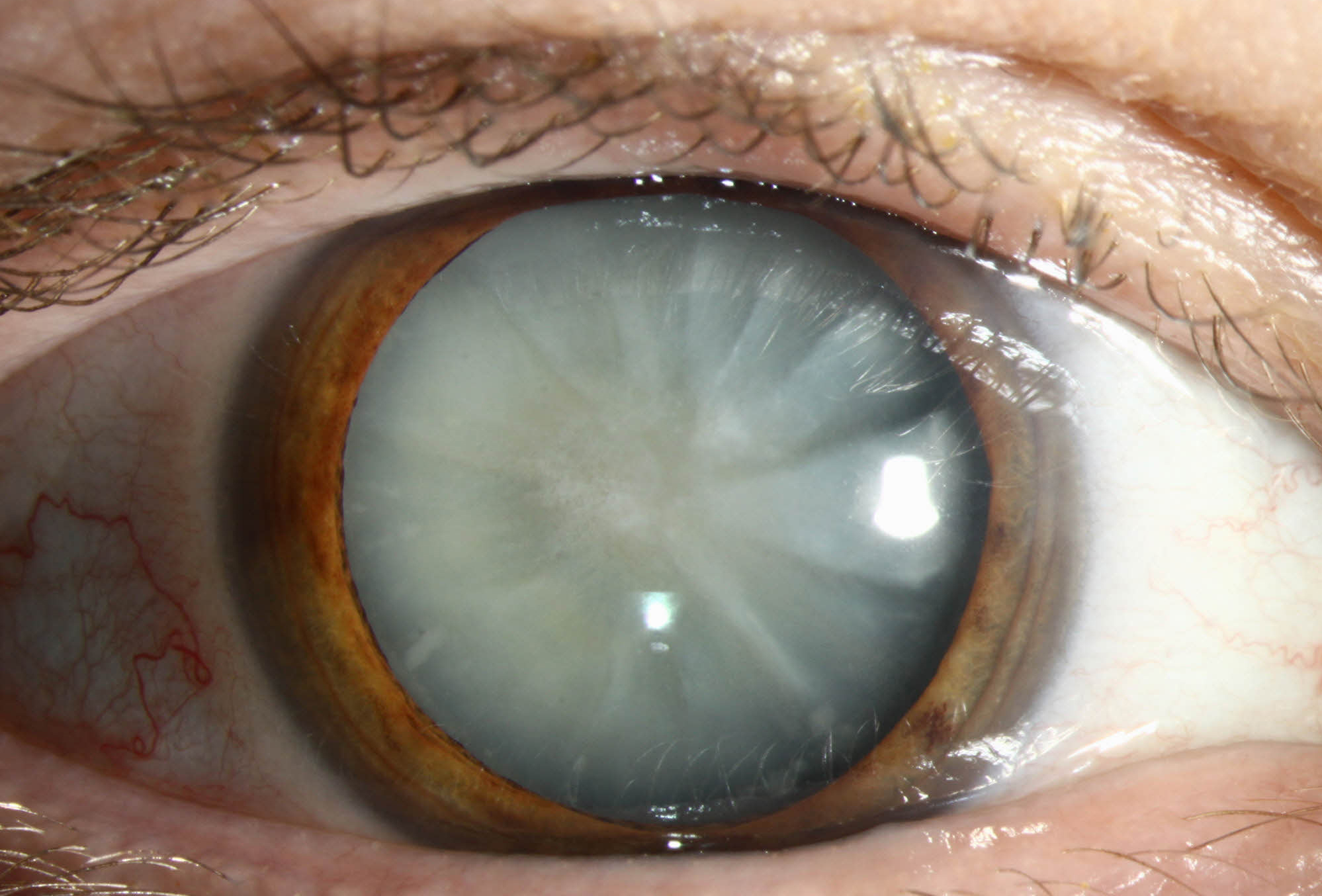Researchers of one recent study wanted to determine if there was a causal influence on cataract development from physical activity. To test this, they used a bidirectional Mendelian randomization approach to see if activity was associated with senile cataract risk. This was also the first study of its kind to explore a causal relationship between these two factors within a European cohort.
Self-reports and objective biometric indicators were used to measure physical activity and subsequently classified into different categories based on intensity, frequency and duration: walking ≥10min/week, moderate physical activity (MPA) ≥10min/week, vigorous physical activity (VPA) ≥10min/week, moderate-to-vigorous physical activity (MVPA) and overall average.
 |
|
Physical activity can help control weight, maintain a healthy BMI and prevent chronic diseases caused by obesity, including diabetes and hypertension, which also are associated with cataract development. Photo: Chris Sindt, OD. Click image to enlarge. |
Upon analysis, the study authors found that decreased risk of senile cataract was associated with MPA of ≥10min/week, VPA ≥10min/week, MVPA levels and overall average. Walking for ≥10min/week, however, did not show a significant correlation. Upon the reverse Mendelian analysis, there was no causality seen from senile cataract to physical activity except for walking ≥10min/week. This last finding may be reflective of prior work showing that those with poor vision were less likely to engage in physical activity and more likely to be sedentary.
The findings presented here align with previous reports indicating a significant relationship between activity and senile cataract risk, especially suggesting that both moderate and high intensity activity may have a protective effect against the condition.
There are many reasons why exercise may present a preventative effect against senile cataract. One potential mechanism involves activity alleviating oxidative stress by activating antioxidant enzymes, as the lens is greatly impressionable to oxidative damage and can lead to opacities. Another reason may be due to exertion enhancing formation of high-density lipoprotein (HDL)—a component vital in transporting lipophilic antioxidants. With elevated HDL levels, this may facilitate more transportation of antioxidants from the plasma to the lens, which would in turn prevent oxidative damage and inflammation within the lens. Yet another possibility is that physical activity inhibits circulating C-reactive protein concentrations; this inflammatory marker is associated with higher senile cataract risk.
The authors state that “our findings carry significant public health implications and offer a novel genetic perspective on senile cataract prevention by proposing a modifiable lifestyle intervention approach—physical activity.”
As they specify, “increasing the frequency and duration of moderate and vigorous intensity activity may achieve the best effect in lowering the risk of senile cataract, thereby reducing the likelihood of needing cataract surgery and related medical expenses and improving overall health.”
As a result, they conclude, “thereby, promoting physical activity as a preventative measure for senile cataract can bring dual benefits: promoting individuals’ health and reducing socioeconomic burdens to society.”
Mi Y, Zhu Q, Chen Y, et al. Impact of physical activity frequency, duration, and intensity on senile cataract risk: a Mendelian randomization study. Transl Vis Sci Technol. 2024;13(5):26. |

